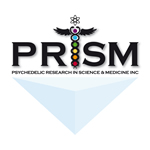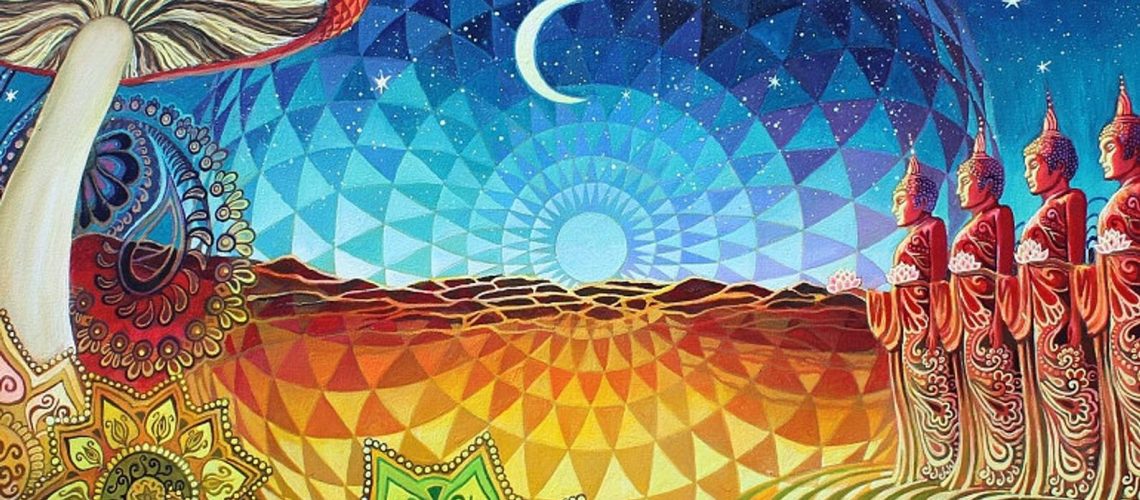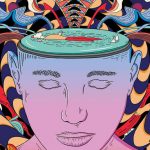…the context of a broad social movement as a response to international legislative changes to the legal status of many psychoactive substances (e.g., ratification of the United Nations, 1971, Convention on Psychotropic Substances). The term ‘legal high’ is simply derived from legal discourse (Bright, Marsh, Smith & Bishop, 2008), and is thus demarcated from ‘illegal high’ as a consequence of the substance’s legal status. In contrast, the term ‘herbal high’ might be considered to have developed from medical discourse. Within the context of Australia, Bright et al. (2008) have determined that medical discourse “constructs [certain] psychoactive substances as pathogens [i.e., ‘drugs’], and thus [as] inherently dangerous” (p. 139). This serves to perpetuate the authority of the medical institution in that those substances that might have alternative healing properties to those endorsed by the medical institution are vilifi ed, as are practitioners of alternative treatment modalities (Szasz, 1985). In turn, it is reasonable to assume that alternative treatments using organic products were given the label of herbal supplement within the medical discursive framework, with primacy given to pharmaceutical medicines. Indeed, the pharmaceutical companies also have strong fiscal motivations to perpetuate this dichotomous taxonomy of substances in which primacy is given to their products. This taxonomy is even evident in the International Classification of Diseases (World Health Organisation, 2007) within which a significant diagnostic distinction is made between the harmful use of traditional drugs of dependence (F10 – F19) and harmful use of folk and herbal remedies (F55.6) Initially, many legal and herbal highs were relatively innocuous (e.g., Leonotis leonurus as a substitute for Cannabis); however, with rapid developments in ethnobotany and psychopharmacology, some legal and herbal highs have been re-categorised as drugs and subsequently scheduled by some Governments (e.g., Salvia divinorum and MDMA). The present paper endeavours to describe some of the available legal and herbal highs in Australia through documenting the technological advancements that have led to this situation, in addition to the Australian legal context. In doing so, I will consider the harms that might be minimised through the availability of these substances and the concurrent potential harms that the availability of these substances could produce.
Read the full article here. https://drive.google.com/file/d/1RkS9HBJGy_jnLMtVsSUSPzW5RRj7J8lq/view?usp=sharing
Image by Emily Balivet




